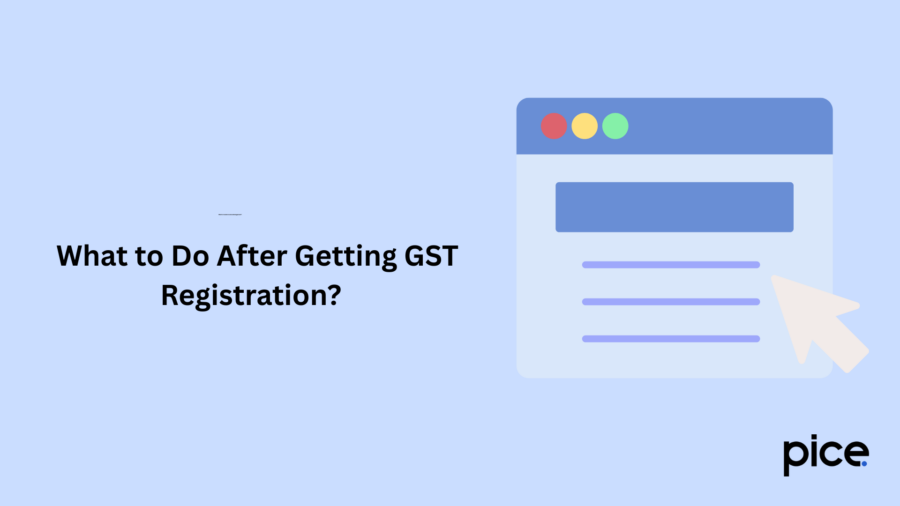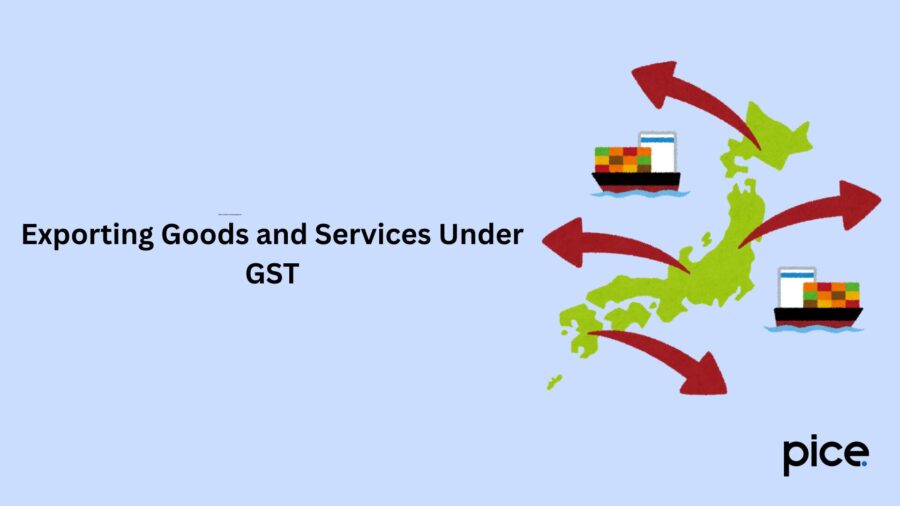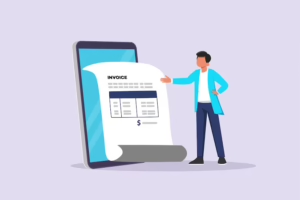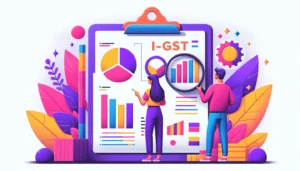What to Do After GST Registration – A Step By Step Guide
- 23 May 25
- 8 mins

What to Do After GST Registration – A Step By Step Guide
Key Takeaways
- Open a current account to streamline GST return filing and claim Input Tax Credit effectively.
- Adopt GST-compliant invoicing with accurate details like GSTIN, HSN/SAC codes, and tax breakdowns.
- File GST returns on time, including GSTR-1, GSTR-3B, and annual filings to avoid penalties.
- Maintain organized records of all transactions, invoices, and e-way bills for at least six years.
- Stay updated with GST rules, such as reverse charge mechanisms and export compliance norms.
Registration under GST is an essential step for businesses in India. Not only does it help to build the legal recognition of businesses, but it also allows them to collect tax, claim input tax credit on purchases and seamlessly participate in interstate/intrastate trade while staying compliant with GST regulations. While this stands as a milestone of your company’s journey, it also brings additional responsibilities.
There are various steps that businesses must carry out to make their operations seamless and ensure fail-safe compliance with the Indian tax system. The detailed overview below will help you understand and streamline all the steps that should be done after getting a GST registration successfully.
What to do after GST registration? Scroll down to find out!
What to Do After Getting GST Registration?

For a regular taxpayer in India, GST registration becomes effective from the date they become liable as per the threshold limit, provided the application is submitted within 30 days of this liability arising. However, if the application is delayed beyond the time limit, the liability date remains unchanged, but the registration will only be effective from the date it is actually granted.
Under the GST regime, businesses with an annual turnover exceeding ₹40 lakh, ₹20 lakh or ₹10 lakh, depending on the state and nature of supply, are required to register as normal taxable persons. For certain small businesses eligible under Section 10 of the CGST Act (Composition Scheme), the turnover threshold is set at ₹1.5 crore or ₹50 lakh.
Additionally, for specific categories of businesses, GST registration is mandatory irrespective of their turnover.
Once you receive approval on your GST registration application, be sure to follow the steps below:
- Step 1: Opening a Current Account
After getting a GST registration, the next step has to be opening a current account. A current account streamlines financial transactions and simplifies GST return filing. Since you will process all your transactions from one place, it will ease financial audit processes. Additionally, a current account is required to claim Input Tax Credit (ITC).
- Step 2: Sales Invoice Format
Your sales invoice must adhere to GST regulations. Draft a fresh sales invoice including the following details:
- Business name
- Business details (optional)
- Registered address
- Your GSTIN
- Customer name and address
- Customer GSTIN, if registered
- Invoice number and date
- HSN/SAC codes for goods/services
- Taxable value and the applicable tax rate
- GST breakups and total invoice value.
- Step 3: Issuing Sales/Tax Invoices
Once your invoices are structured as per the GST norms, it is time to issue them correctly. While B2B invoices contain details like the buyer’s GSTIN, the B2C invoices only mention the applied GST and total value. Ensure to process the tax invoices before transporting the goods and within 30 days for services. This is one of the basic invoicing rules.
Note that a tax invoice must be issued when making taxable supplies, while a bill of supply is required for exempt supplies or when the supplier is registered under the composition scheme.
- Step 4: Credit Notes/Debit Notes: Adjusting Sales Invoices
New taxpayers often confuse credit and debit notes. To help you out, take a look at some scenarios where either of them is issued:
Credit notes are issued when:
- The taxable value of services or goods goes down
- Offering discounts after issuing invoices
On the other hand, debit notes are processed in circumstances if:
- There is an increase in the taxable value of services or goods.
Ensure to keep track of these adjustments. These records can be pretty useful during audits.
- Step 5: Handling Purchase and Expense Invoices
If you make any purchase or expense for your business, do not forget to record these modifications under proper invoices. The invoices must comprise the supplier’s GSTIN, date, invoice number, and GST rates. Be sure to maintain a separate ledger for purchases. This helps in effortlessly claiming Input Tax Credit.
- Step 6: Generating E-way Bills
If your business deals with goods transportation worth ₹50,000 and more, then create an e-way bill on the GST portal. It should have 3 key information: transporter ID, invoice number, and vehicle number. Keep a copy of this bill along with you in transit. If you fail to forget to generate an e-way bill, it may incur heavy penalties or detention of goods.
- Step 7: Filing GST Returns and Avoiding Penalties
Once you register your business under GST, it is mandatory to file GST returns on time. Take a look at some of the major types of returns:
- GSTR 1 for outward supplies (quarterly/monthly returns)
- GSTR 3B returns for a summary of sales, ITC claimed and tax payable (monthly returns)
- Annual returns like GSTR 9 and 9A
Filing returns within the stipulated time keeps you on the right side of the law and saves you from hefty penalties.
- Step 8: Exporting Goods and Services Under GST

As per GST norms, exports are considered zero-rated. If you export while paying IGST, be sure to file a Letter of Undertaking (LUT). If you pay IGST, then claim a refund. Ensure to maintain detailed records of shipping bills and export invoices.
- Step 9: Keep Track of GST Compliance
Every taxpayer should maintain books of accounts of all GST transactions for at least 6 years. These records should include invoices (sales, purchases, and expenses), shipping documents, e-way bills, payment receipts, and ITC claims. Organised records are extremely helpful during GST audits and inspections.
- Step 10: Managing Payments (Made and Received)
Record all payments received, including GST. Issue receipts with GST details for services. ITC can be claimed on all expense-related GST invoices. Timely recording and reconciliation ensure accuracy in returns.
- Step 11: Loan Transactions and GST Rules
Though loans are not subject to GST, foreclosure penalties and processing charges are. Taxpayers must maintain all the records of loan expenses so that they can also include these in their GST returns.
Here are some additional steps that one must follow after the GST registration process:
- Display your GST registration certificate as proof of business registration in the place of business or your registered office.
- Select the place of taxable supplies. This will help you decide which rate of tax will apply, be it CGST and SGST or IGST.
- The Central Board of Indirect Taxes and Customs has listed certain goods and services on a reverse charge basis. Be sure to go through the list to know whether you are subject to the reverse charge rule or not.
Conclusion
Once you obtain your GST registration, these steps are simply unmissable. Knowing what to do after GST registration is crucial for any taxable person to streamline business operations and maintain compliance. With the above-mentioned steps, normal taxpayers can ensure their business thrives under the GST norms.
💡If you want to streamline your invoices and make payments via credit or debit card or UPI, consider using the PICE App. Explore the PICE App today and take your business to new heights
 By
By 

















